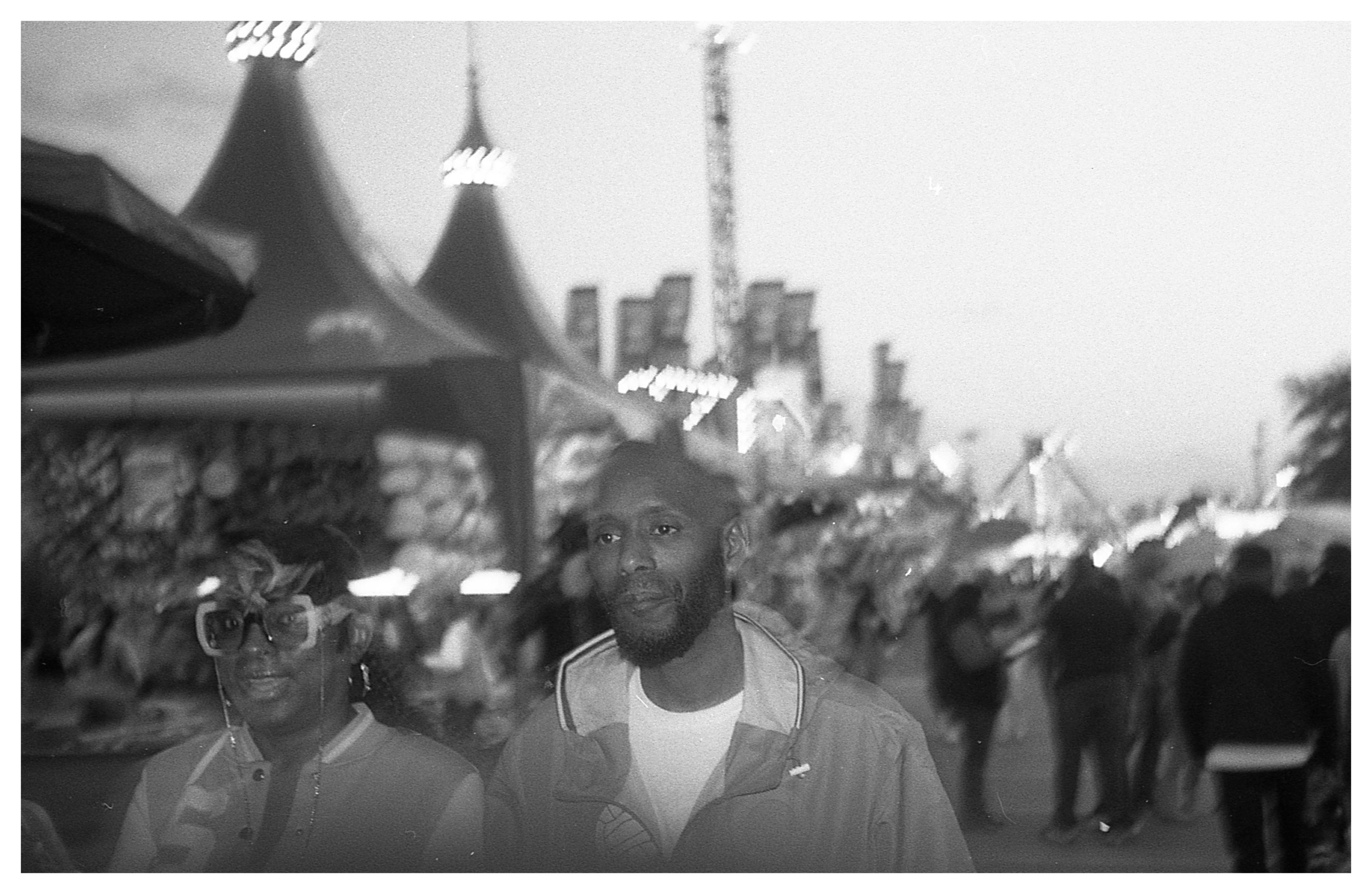At first glance the Rollei XF 35 seems like another camera in the 35 line of Rollei's mini-cameras, but upon closer inspection it becomes clear: this camera is not only NOT a 35, it's hard to even call it a "successor". (maybe a "distant cousin"?)
It's not quite as small: the body is taller and thicker, and the lens doesn't collapse into the body. Also, the back swings open when pulling up the film rewind knob and the flash hot-shoe sits on top; in other words, a more traditional design overall.
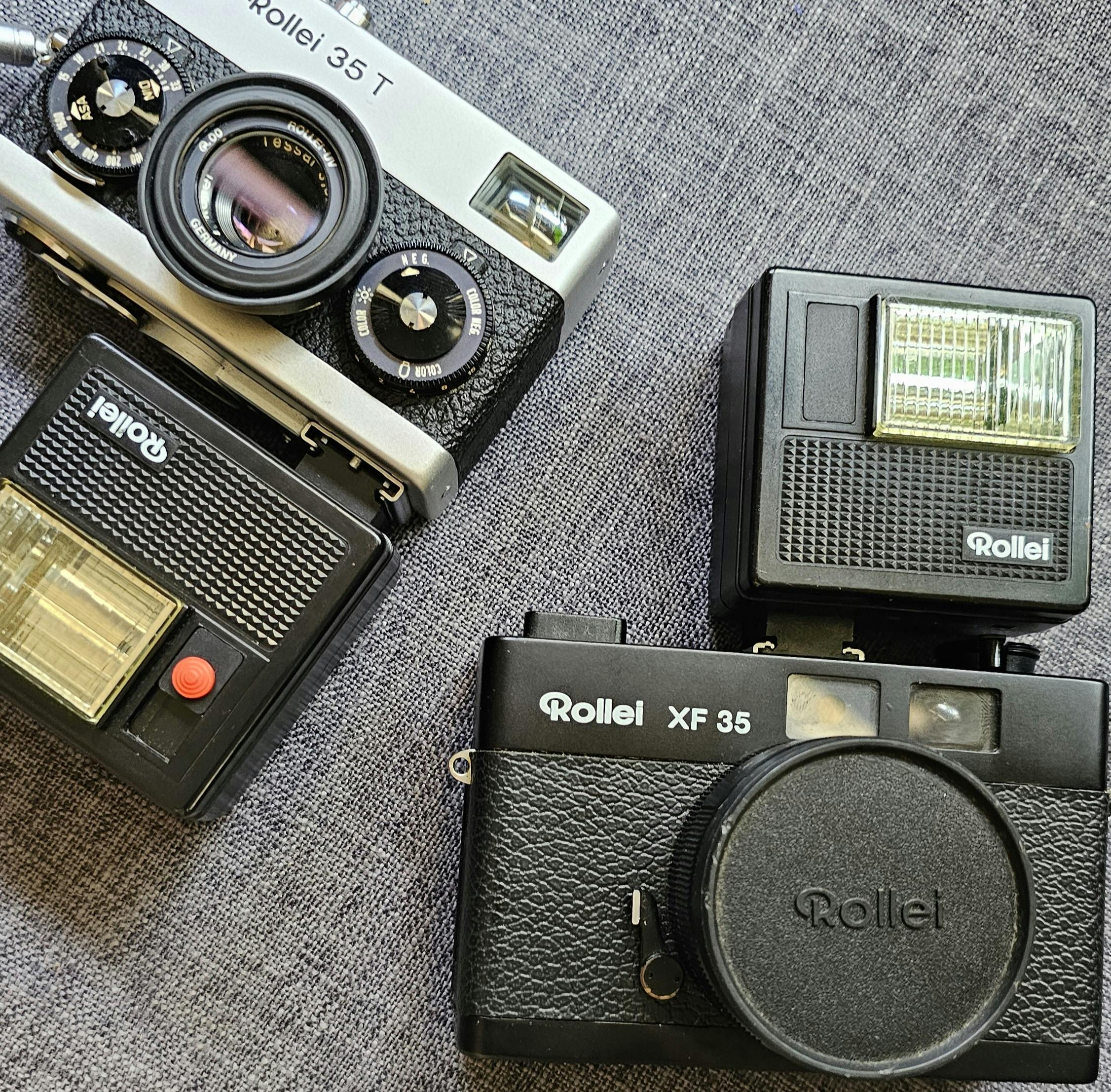
The changes don't stop on the outside. Peering through the viewfinder reveals it to be a rangefinder, once more a departure from the zone-focused 35 line.
Like the 35S, it features a stunning 5-element Sonnar lens, though slightly faster, opening up to a 2,3 instead of a 2,8.

So far, outside of form factor, it might seem like improvements across the board, so why is this camera less desirable to many? The reason is: it is mostly automatic.
That's right, you can only pick between Automatic and Bulb and the handful of flash zones that we'll talk about shortly.
This has a couple of implications:
- without a battery this camera isn't very useful
- without a working meter this camera isn't very useful
- there is no shooting "sunny 16" or setting zones ranges to known apertures.
Bulb is self-explanatory but the other modes are worth diving into.
Automatic Mode
In automatic mode, the shutter and aperture are coupled from 1/30s at f2,3 to 1/650s at f16. The light meter in the viewfinder is purely informative (I mean, they all are, but what I'm saying is there isn't really any actions to take based on the readout.) "In the red" and you're underexposed / need to watch your hand-held sturdiness, otherwise it is letting you know which pairing of shutter and aperture it has resolved to use: all the way up through overexposure.
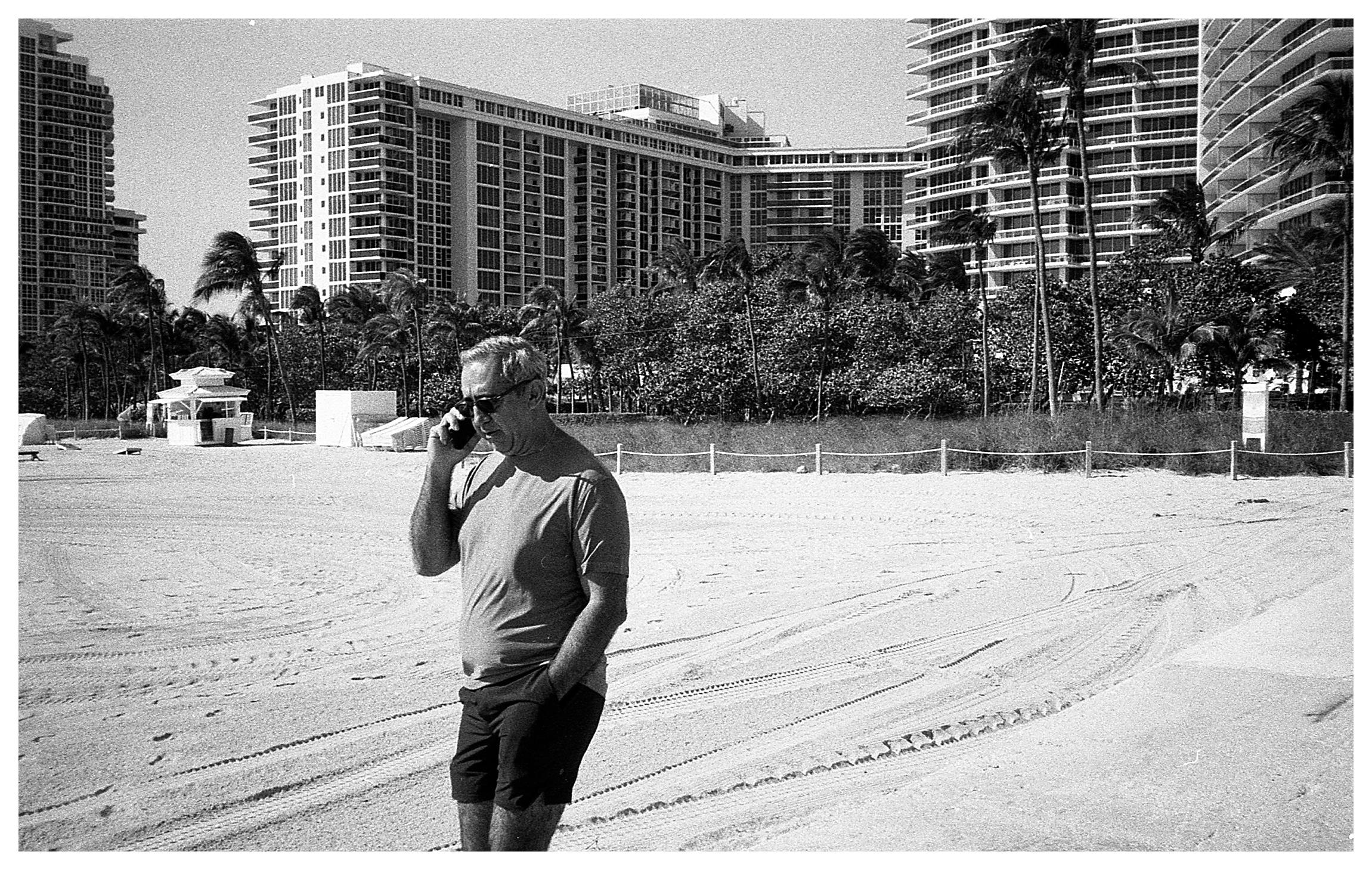
The one bit of "manual" control you get is the ability to half-press the shutter and "lock-in" the meter. This can help with backlit subjects: turn away from the subject, capturing the light falling on the lens with a half-press; and then turn around and finish taking the shot.

Using the 100XL Flash
Usually, with Flash units, you set your aperture based on a guide number. On a camera with no aperture control things are a bit different.
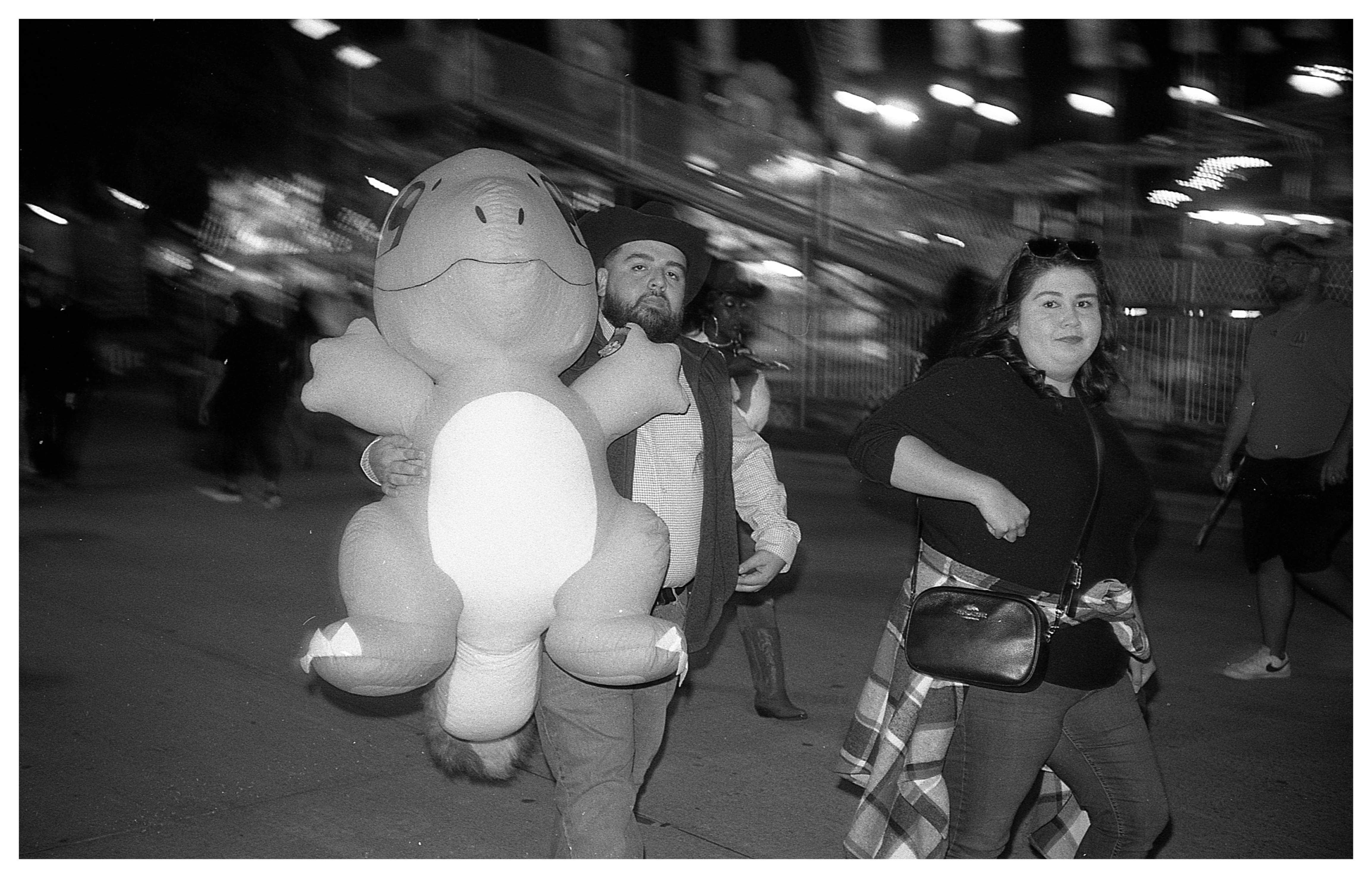
On the bottom of the lens are two sets of numbers: GN in yellow (feet) and LZ in white (meters). The flash has a pretty typical guide number chart on it but the GN/LZ numbers don't correspond. The math is simple, multiply the guide number by the distance, if you use feet refer to the yellow numbers, otherwise it assumes meters.
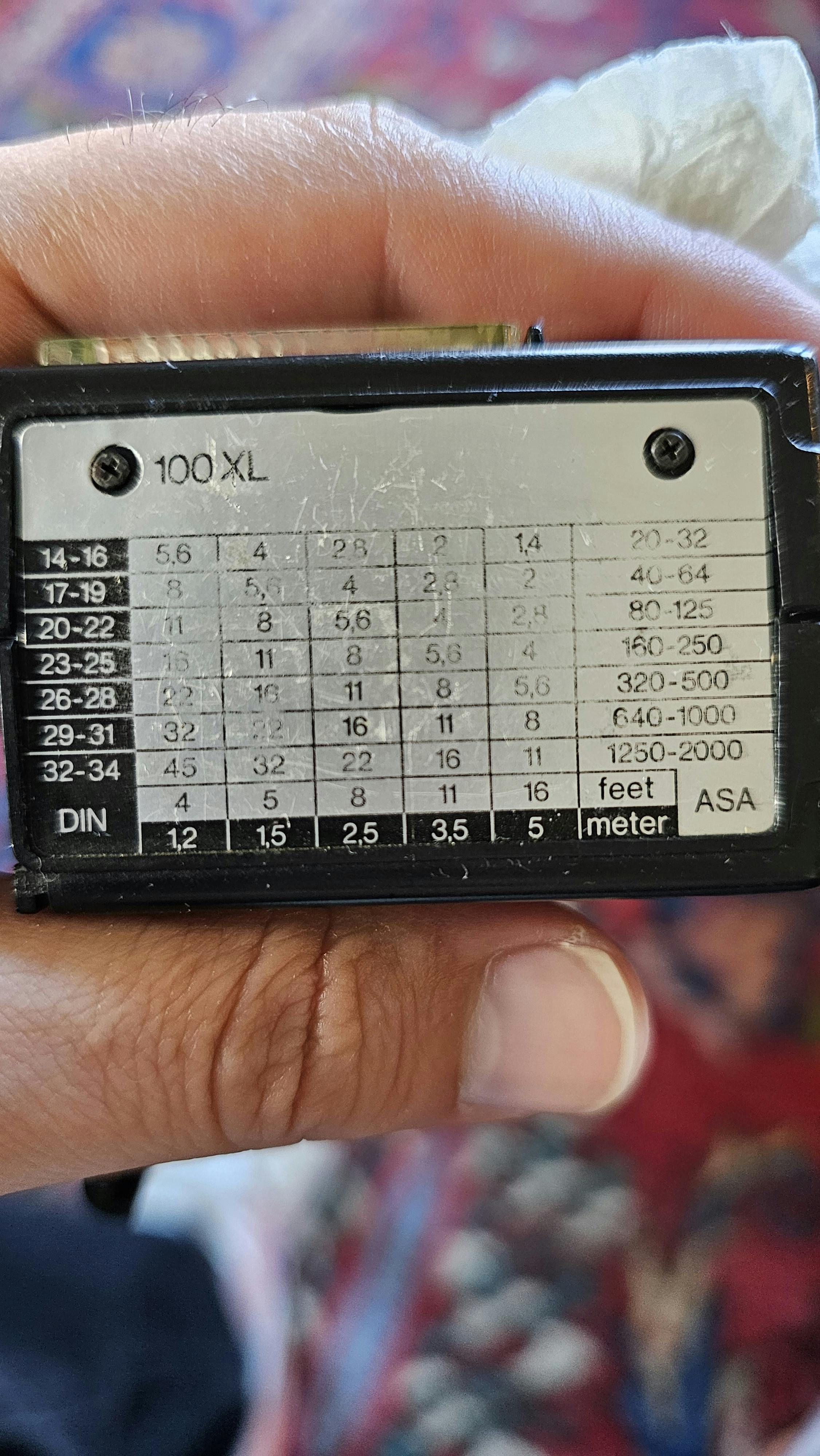
Let's take a look at that in practice: Let say you are 5ft away with 100ASA film. The chart says use an f/8 but that's largely useless for this camera. So instead, we'll multiply this number by the distance: 5ft.
8 x 5 is 40 so we set it to our closest GN, which is 45.
If we had ISO 400 speed film, we'd get f16 on the chart at 5ft away, 16 x 5 = 80, so we set it to GN 90 as that's the closest one.

Final Thoughts
I'm not sure, after reading all that, how one should feel. A part of me should be sad; had they included manual controls, this undoubtedly would have simply been a less stylized 35 that packed in improvements when it comes to features.
But I'm not sad! I love this camera and it brings me a lot of joy to use. Its quirkiness lends it a lot of personality and the lens quality is simply outstanding. To add, they are pretty much everywhere for $99, if you can tame its idiosyncrasies, you're rewarded with images that look the part of their $500+ 35S counterparts.
